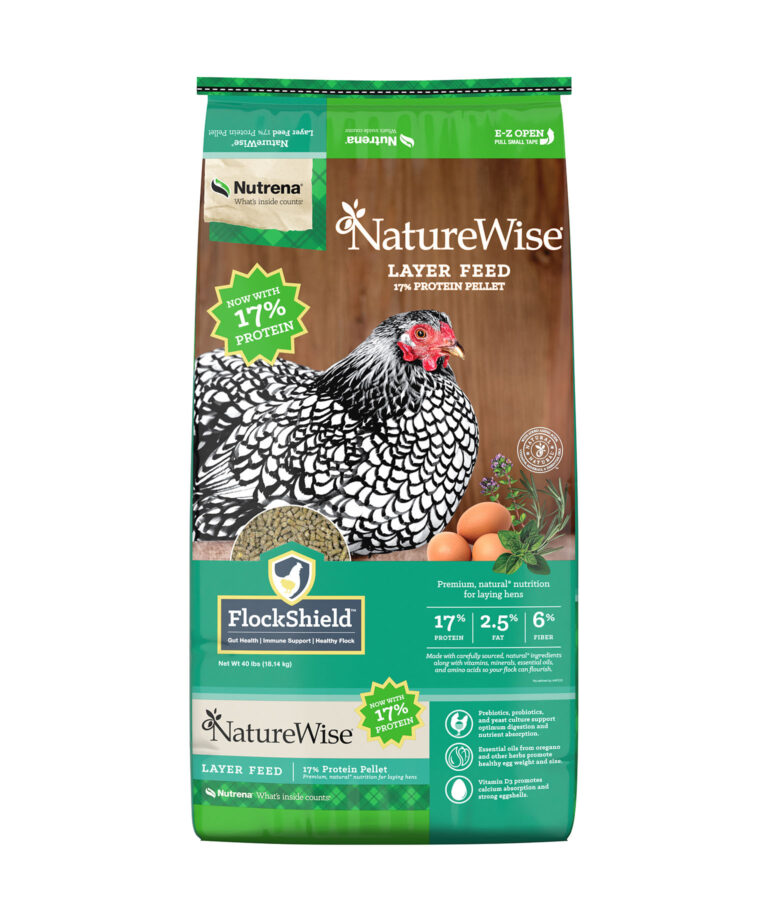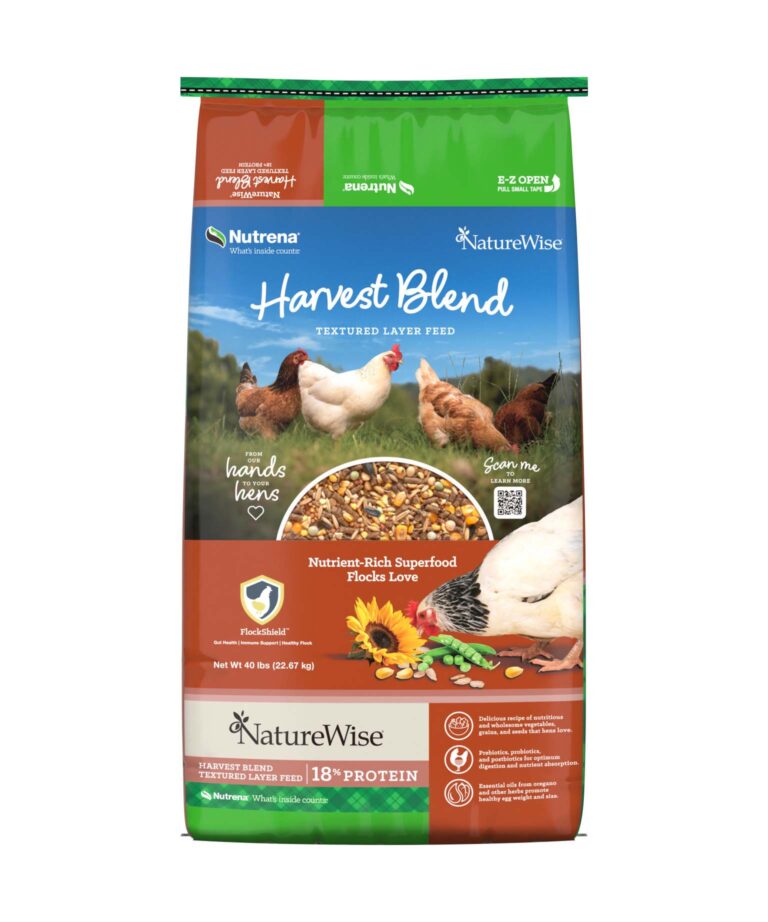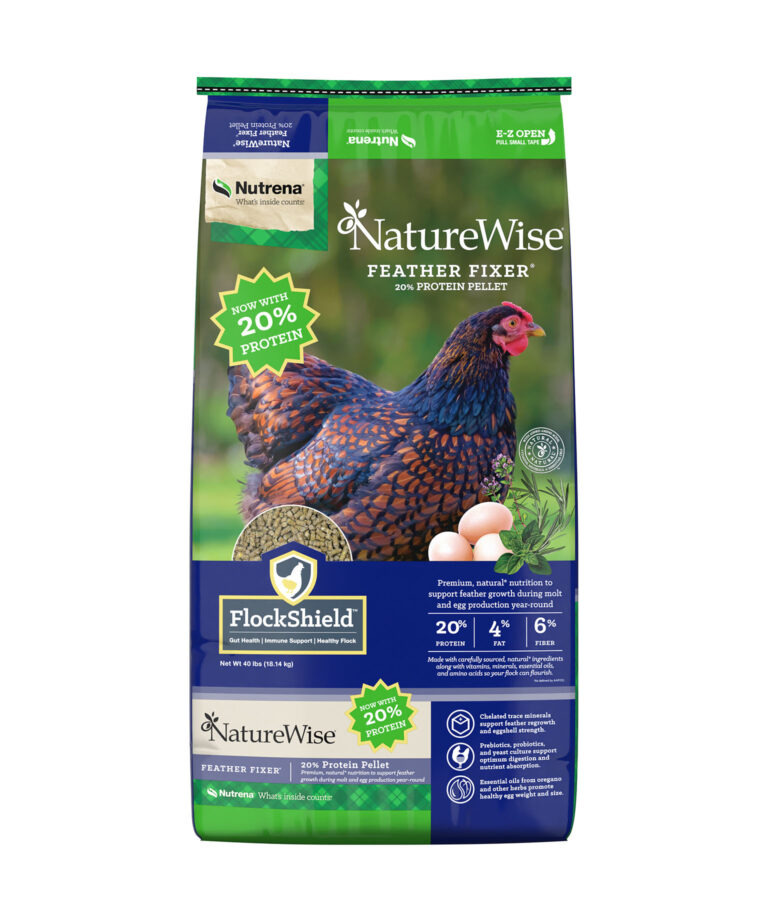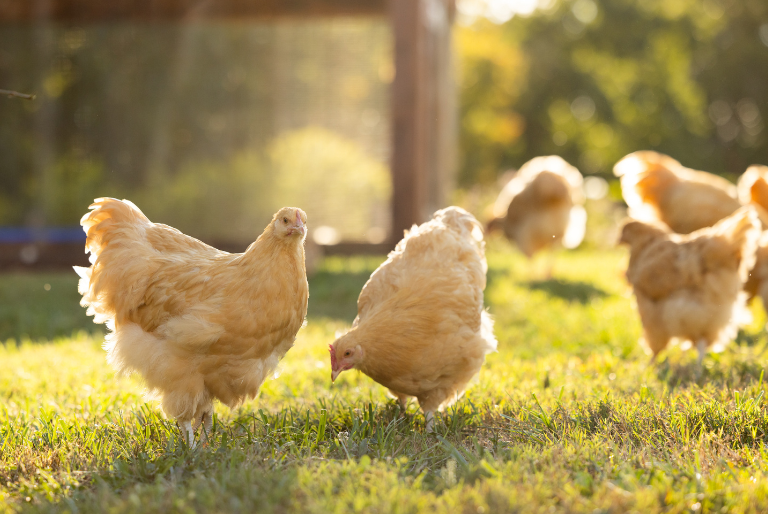Egg Binding: What It Is and How to Prevent and Treat It

Egg binding occurs when a hen has been straining to lay an egg for several hours. A stuck egg prevents fecal matter and other eggs from passing out of the body, and the hen will eventually die from shock or infection.
Table of Contents
Key Takeaways
- Egg binding occurs when a hen struggles to lay an egg, leading to serious health risks like shock or infection.
- Common causes of egg binding include poor nutrition, dehydration, obesity, and laying too early or age-related issues.
- Symptoms of egg binding involve isolation, straining, a bluish comb, and difficulty walking.
- To treat egg binding, create a calm environment, apply heat, and keep the hen hydrated; consult a vet if issues persist.
- Prevent egg binding by ensuring proper diet, hydration, sufficient nest boxes, and monitoring for any vent trauma.
Causes of Egg Binding
Eggs form with the pointy end facing the vent opening, but they are laid blunt end first, which means the muscles in the hen’s body must rotate the egg before it is laid, and the egg can get stuck in this rotation process. There are several factors that contributed to egg binding. Common causes include:
- Poor nutrition
- Dehydration
- Obesity
- Laying too early
- Advanced age
- Eggs that are too large
- Oviduct infection or trauma
- Not enough nest boxes
Symptoms of Egg Binding
How can you tell if your hen is egg bound? Look for these signs:
- Sitting in the nest box for long periods (don’t confuse with broodiness)
- Difficulty walking or standing like a penguin
- Straining or tail pumping
- Bluish comb
- Isolation, eyes closed, reduced eating and drinking
Assessment: How to Confirm Egg Binding
If you suspect egg binding, act quickly. If the hen does not pass the egg within 24–48 hours, she may die from shock or infection. To check:
- Look for an egg in the vent (sometimes visible)
- Gently palpate the abdomen to see if an egg is present. Place your hand on either side of the hen’s vent, thumb on one side, fingers on the other. Be very gentle: if you break the egg, it can cause infection inside her body.
- The ovary is high up in the body, close to the spine, and a developing egg moves downward toward the vent. If you feel something round and hard in the lower left abdomen, that is likely the gizzard.
- Isolate her to see if she is pooping. Often, eggbound hens will not be able to pass brown fecal matter.
Treatment Options
If you suspect egg binding, try these steps:
- Place her in a calm, dim environment for about an hour. Keep the temperature at about 70–80°F. This alone may allow her to relax enough to pass the egg.
- Try applying moist heat. You can use a steamy bathroom, heated moist towels, or an Epsom salts soak. Draw a warm bath and add 1 cup of Epsom salts. The water should come just above the hen’s vent. Soak her for about 10 minutes.
- Gently lubricate just the vent (in and around) with personal lubricating jelly (like KY Jelly). Again, be very gentle.
- Provide water with electrolytes to keep her hydrated and calcium concentrate in case she is calcium deficient.
- Try to turn or remove manually by manipulating the abdomen from outside—again, be very gentle.
- As a last-ditch effort, you can try to gently remove the egg by inserting your gloved fingers in the vent, with plenty of KY Jelly. Again, be very gentle.
During this process, avoid stressing the bird. If these measures do not work, or if your bird is bleeding, lethargic, breathing heavily, or has red tissue sticking out the vent, see an avian vet immediately. A vet may x-ray to confirm the presence of an egg and administer intravenous calcium, fluids, or hormones. It also may be necessary to remove the contents of the egg with a syringe and then carefully collapsing the shell and pulling it from the vent.
Prevention Tips
An ounce of prevention is worth a pound of cure. Here’s how to reduce the risk:
- Diet: A quality feed with balanced vitamins and minerals, such as Nutrena® NatureWise®, is critical to keep your hens healthy and in good shape for laying. The single-most important nutrient is a highly digestible source of calcium. NatureWise has several sources of calcium to ensure that your birds get proper levels of this essential mineral. A calcium supplement, such as oyster shell or limestone, should also be provided. Minimize scratch and other high-carb and high-fat treats to prevent obesity.
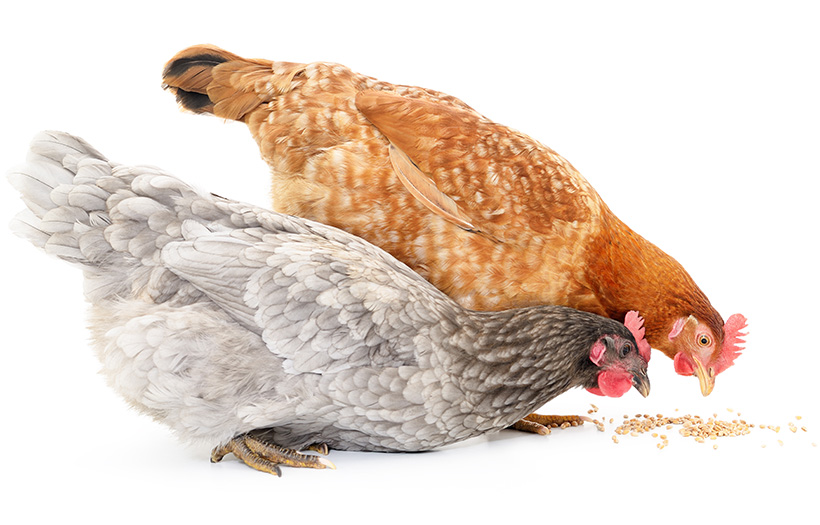
- Water: Hens must always have a clean and fresh source of water; after all, a large percentage of their bodies and eggs is water! Hydration also helps keep their muscles and body systems healthy, which reduces the risk of eggbinding.
- Light: Use normal lighting. An increase in light too quickly can lead to large double-yolk eggs. It also can stimulate pullets to lay before they are mature.
- Nest Boxes: Provide at least 2 nest boxes for 2 hens and then one for every 4 hens. So a flock of six should have 3. If there are not enough safe places to lay eggs, a hen may delay laying, leading to egg binding.
- Vent Trauma: If you notice a hen whose vent is being pecked, isolate her so she can heal. Chickens are drawn to blood, so it’s important to gently clean an injured hen and put her in a hospital cage or other safe place. Remember that prevention is the best way to manage any problem. You can minimize the chances of egg binding by using these simple steps and help your hens live their best lives

